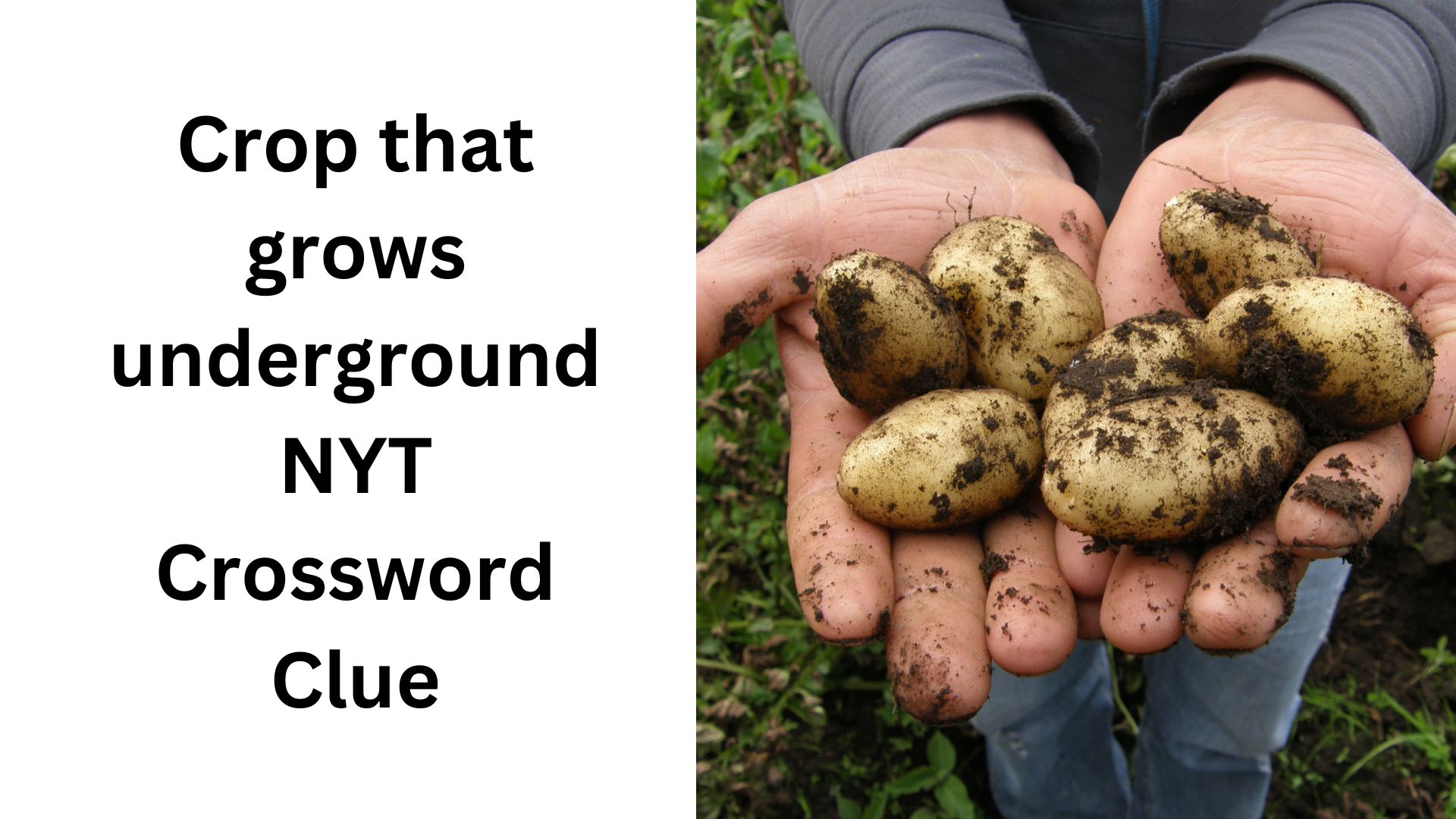Underground crops, primarily classified as root vegetables or tuber crops, develop their edible portions beneath the soil surface. These plants store energy in roots, tubers, or modified stems, making them vital food sources rich in carbohydrates, vitamins, and minerals globally.
Primary Types of Underground Crops
- Tubers: Potatoes (Solanum tuberosum) are the most prominent example, forming starchy enlargements on specialized underground stems called stolons. Sweet potatoes (Ipomoea batatas) are root tubers.
- Taproots: Carrots (Daucus carota subsp. sativus) and parsnips (Pastinaca sativa) develop large, fleshy main roots that serve as primary storage organs.
- Roots & Bulbs: Beets (Beta vulgaris), radishes (Raphanus sativus), turnips (Brassica rapa subsp. rapa), and onions (Allium cepa - bulb) are major root crops. Cassava (Manihot esculenta) is a crucial tropical root crop.
Key Characteristics & Benefits
Underground crops offer significant nutritional value and culinary versatility. They provide complex carbohydrates (potatoes, cassava), fiber (beets, carrots), essential vitamins like Vitamin A (sweet potatoes, carrots) and Vitamin C (potatoes), and minerals including potassium and iron. Their storage capability ensures food availability beyond the harvest season.
Major Global Importance
Potatoes rank as the world's fourth-largest food crop after maize, wheat, and rice. Cassava is a staple food for hundreds of millions in tropical regions. Root and tuber crops collectively form a cornerstone of food security, particularly in developing economies, due to their high energy yield per hectare and adaptability to diverse growing conditions.












